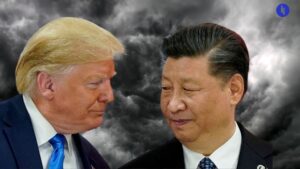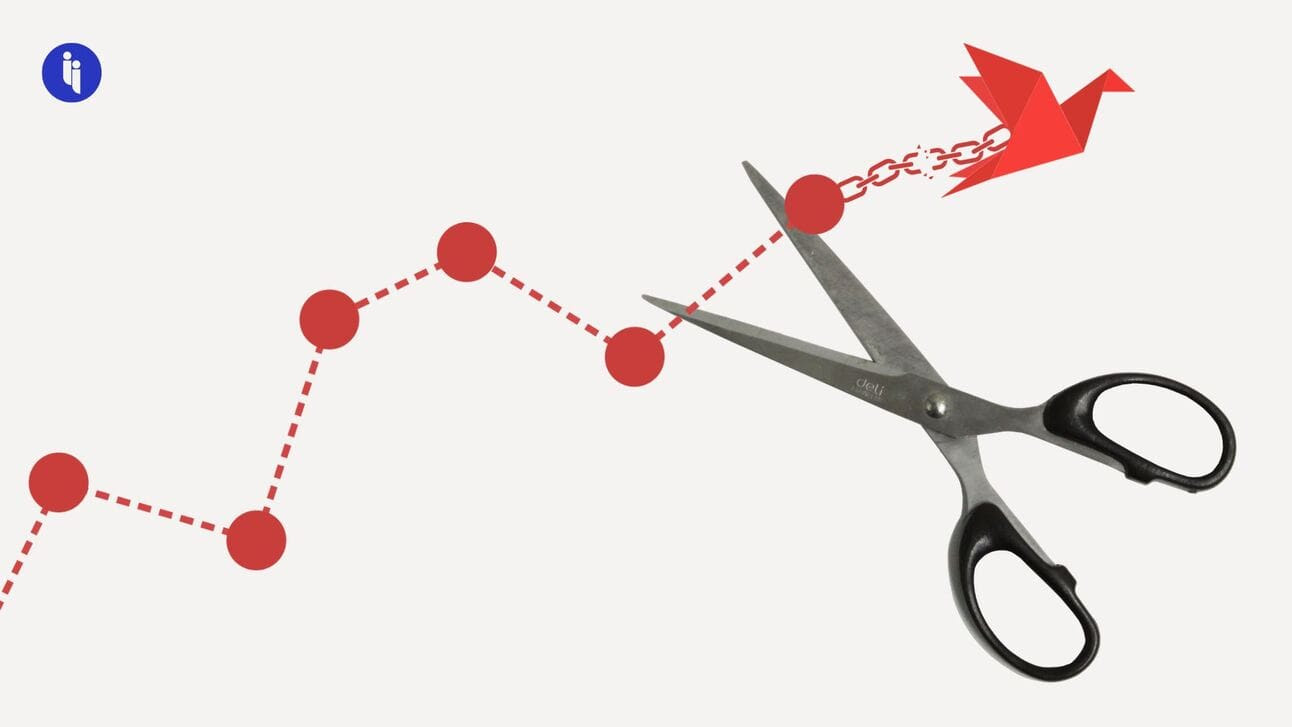Robert Holzmann, the head of Austria’s central bank and a member of the European Central Bank (ECB) governing council, has warned not to expect rate cuts any time soon, saying “we should not bank on the rate cut at all for 2024”.
Higher interest rates raise the cost of borrowing, meaning folks spend less and businesses invest less. But that means higher rates also help curb inflation, which has been cooling in Europe and inspiring traders to bet on six ECB cuts this year.
So Holzmann is saying one thing (no cuts) and the markets, another (lots of cuts).
Stay on top of your world from inside your inbox.
Subscribe for free today and receive way much more insights.
Trusted by 134,000+ subscribers
No spam. No noise. Unsubscribe any time.
Who’s right? Either way, we know Holzmann isn’t alone:
- Last month, US Federal Reserve Chair Jerome Powell labelled forecasts of imminent rate cuts “premature”, and new research from Morgan Stanley backs him up
- On Monday, the People’s Bank of China defied expectations of a cut, instead keeping a key rate flat
- And yesterday, South African Reserve Bank head Lesetja Kganyago told Bloomberg, “we are going to have to keep rates higher for longer”.
So what’s going on? There are different – and often intertwined – factors at play:
- Stability: Some central bankers (like China’s) seem mindful of local bank profitability and stability, which can wobble if rates drop too quickly
- Inflation: Others are more focussed on price rises, which are cooling but still above most key central bank targets
- Bubbles: Some advanced economies are still wary of how cuts can lower the costs of risky investments (which can in turn lead to asset bubbles)
- Currencies: Emerging markets are wary of cutting rates before the Fed, to avoid collapsing their currencies as investors chase higher US returns
- Signalling: Central bankers are also using words (“no rate cuts!”) to curb inflation, hoping folks tighten their belts in response. But of course… some traders are calling their bluff and betting banks will cut anyway.
So here we are, with rates still higher than many folks expected (or wanted).
One of our favourite central bankers, Agustín Carstens at the Bank of International Settlements, has warned things might look this way “indefinitely”.
Meanwhile, just hours ago, the ECB chief herself (Christine Lagarde) shared her view that the ECB will “likely” cut rates this (northern) summer. 🤷
INTRIGUE’S TAKE
Who’d want to be a central banker? You’re piloting a plane, but the controls take months to work (if at all), and we’re all onboard.
The toughest gig of all right now might be that of China’s central bank chief, Pan Gongsheng. In the good times, China was exceptional with its decades of double-digit growth. But as its economic challenges keep mounting, it’s becoming exceptional in other ways.
One possible comparison is with Japan, which entered a period of stagnation after its own property crash in 1990. But Japan’s population kept growing for two more decades afterwards, cushioning the blow, whereas China’s huge population has now started declining at the same time as its property crisis.
And nobody (including central bank chief Dr Pan) knows how that kind of double-whammy might play out.
Also worth noting:
- The ECB is currently holding rates at a record high of 4%, while the Fed is keeping its rates at 5.25-5.5%, its highest level since 2007.







